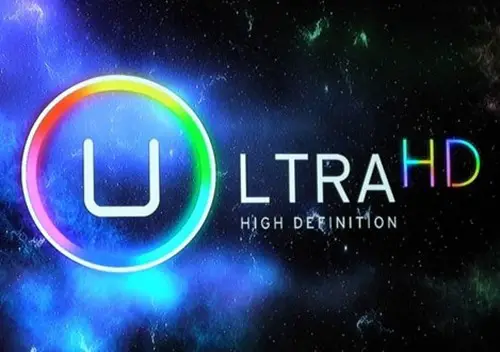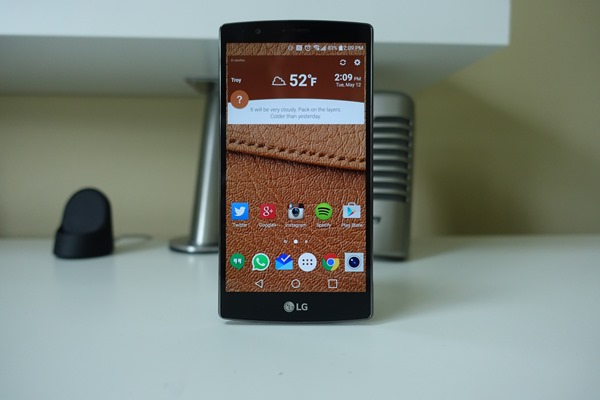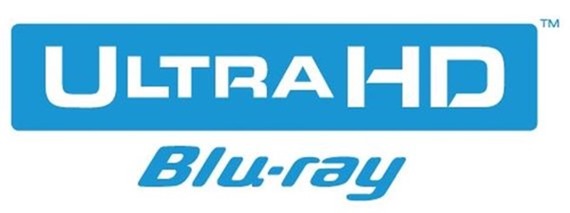What are 4K Displays and Ultra HD Displays? What is the current 4K development status?
Ultra HD and 4K displays are generally considered same, but are slightly different. The Ultra HD displays have 4096 x 2160 pixels in 4K Displays and 3860 x 2160 pixels in Ultra HD displays. In practical use however, both terms are referred to interchangeably.
Sharp has already announced its 5.5 Inch Ultra HD display panel which amounts to 808 pixels per inches. Reportedly, ZTE Star 3 could be the first smartphone which actually comes with a 4K display. A couple of days back, Everdisplay showcased the first 6 inch 4K AMOLED display with razor sharp pixel density of 734 PPI.
Do we really need 4K Displays?
Now that’s the million dollar question with a simple answer. Nope we don’t. Do we ‘want’ 4K displays? That one isn’t very simple to answer though. Most experts agree that our eyes and brain can’t appreciate increase in resolution beyond 600 PPI on a smartphone sized display. With the Launch of LG G3, LG explained that their extensive research lead them to conclude that human eyes can discern a difference up to 540 PPI. The same resolution was used in LG G4 too. Specs vs user experience debate is fairly common these days, but when it comes to technology, all of us have been spoiled. Years of conditioning from indulgent tech companies has lead us to expect more. There is a certain panache associated with having the latest and greatest in your phone.
Discernible difference between full HD and QHD is much less prominent than what we can now easily notice between HD and Full HD displays, yet since both Samsung and LG have successfully transitioned to QHD bandwagon, Its absence in OnePlus 2 won’t go well with buyers who haven’t had ample firsthand experience of QHD displays. We don’t need 4K displays in smartphones, definitely not at this stage of battery development. But It’s hard to believe that PPI race has ended with QHD resolution. They addiction has to continue right? Someone has to supply more dope for the spec junkies.
Recommended: Does Quad HD Display makes a Difference or Not?
The Problem with 4K Displays
We have already talked about the superfluous nature of 4K displays. They are not expected to add much value to your smartphone experience but will have some drawbacks.
Battery life and Heating
The world hasn’t yet recovered from battery impact of QHD screens. Samsung Galaxy S6 and S6 Edge don’t shine in this department and though the LG G4 is fairly useable, the best battery backup from LG came with LG G2, a Full HD display device. Most modern flagships are resorting to rapid charging to make up for the battery deficiency. Besides processors driving these displays run warmer which is increasingly becoming an epidemic of sorts. The point being, we are not ready for the 4K displays as of now. This however should change sooner rather than later. New generation of power efficient 64 bit chips are under works and perhaps the next generation battery tech will be much better. For now, you can count on full HD display devices for the best battery backup.
Recommended: What is Rapid Charging and Why Your Smartphone Should Support It
4K Content
Availability of 4K content is still a problem. 4K media files are heavy. You will need several GBs to store few minutes of videos. That in itself is a problem. All flagships can record 4K videos but still, 4K Media isn’t very easy to come by even today.
There are some advantages too
Virtual reality is the next big thing. Even simple VR devices like Google Cardboard make a convincing case for the existence of VR devices and a 4K display on your phone would mean much more immersive user experience. This is a big advantage which could actually make 4K displays on smartphones and associated development required meaningful.
Wrap Up
4K Displays don’t make much sense as of now, but we can’t rule the possibility of their wide scale adoption in late 2016 flagships. We are yet to come across a 4K smartphone display in action and though we personally prefer Full HD display devices, we have to admit QHD display flagships have the most gorgeous displays in current market. For now, it is time OEMs shift their focus from high PPI displays to improved batteries and SoCs.



